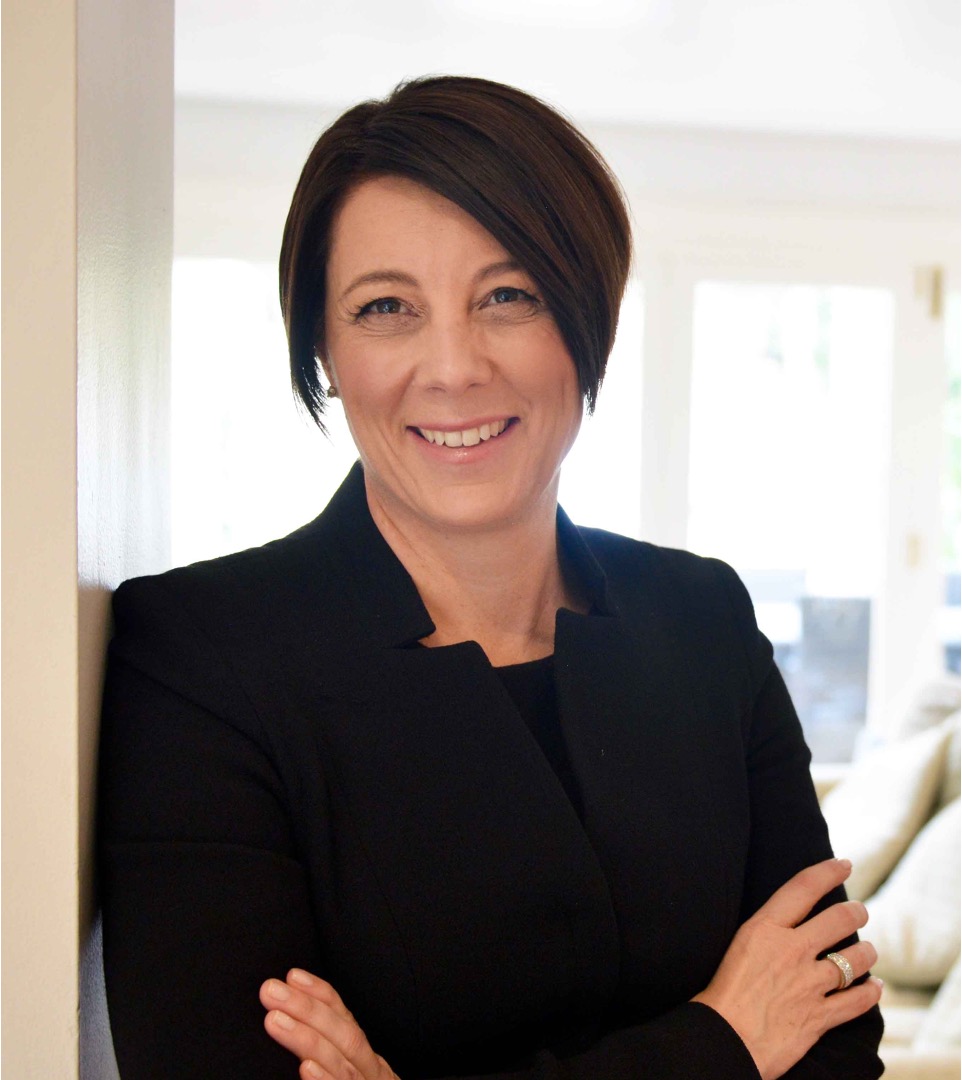Do you always have too much to do?
It's not entirely surprising since our only finite resource, time, is at the heart of the challenge.
Unsurprisingly, this is a pretty constant topic when coaching people on their communication.
How do we find enough time to think through our communication? How do we know when to prioritise thinking through a particular piece … or when ‘smashing it out' is the right strategy?
It's also top of mind for me as I head off for a month away on Tuesday. Yes, a month.
So, today I wanted to focus on ‘time' and share some ways to help us all take advantage of it rather than be held hostage to it.
I'd like to suggest we can ‘hack' time to enhance our work and our life by harnessing two thinking modes. This might be an odd idea, but let me give you the high-level first and then work through it in three parts.
- Two familiar thinking modes that we already use to allow time to do our work for us.
- Several modern writers offer ways for us to capitalise on the under-utilised ‘diffuse thinking' mode to enrich our work and life.
- So, with that background I'd like to share some of my own thinking on taking advantage of these two thinking modes in work and life
I'll now expand on each of these further.
Two familiar thinking modes that we already use to allow time to do our work for us. Let me introduce them both:
- Focused thinking, which is what we commonly imagine as ‘working'. This involves diving deeply into a task and as the name suggests, focusing on it. This is when we are actively reading, thinking, solving something specific. It can play out as time alone or time collaborating with others to complete a task.
- Diffused thinking, which I suggest most of us don't make nearly enough use of. This is the thinking that happens while we sleep, are out walking the dog, cooking dinner or perhaps in the shower. It's those non-focused times when our brain is processing in the background. It's also the times when breakthrough ideas often emerge. How often have you had the ‘aha' moment at a seemingly random point?
I first learned about these from Barbara Oakley in her Coursera course, Learning How to Learn. You may also find this free course enjoyable.
Several modern writers offer ways for us to capitalise on the under-utilised ‘diffuse thinking' mode to enrich our work and life.
Without necessarily using this language, they all seem to me to be taking advantage of diffuse thinking mode.
Greg McKeown has written two excellent books on this subject. The subtitles for each sum up the key ideas:
Cal Newport of Deep Work fame offers ideas to avoid distractions so we can focus properly when at work and switch off when not. There is overlap between his work and Greg McKeown's, but I have found both to be great reads.
Alex Soojung-Kim Pang takes the ideas further and discusses the increasingly popular shorter work week. Again, his title and subtitle are instructive: Shorter: how working less will revolutionise the way you get things done.
His thesis is that if we focus harder during a shorter time period we are forced to change the way we work which he says is a good thing. This will force us to become both more efficient and more effective. We will change the systems we use, the way we use our time and help us deliver more over all.
He reinforces the idea that the extra time off helps us be happier and healthier. The beauty is that our time away from the office allows our ideas to ‘marinate' while we aren't ‘working'.
These are not the only people talking about these issues, but ones that I have read and enjoyed. All offer ways to rebalance their use of focused and diffused thinking in their lives.
So, with that background I'd like to share some of my own thinking on taking advantage of these two thinking modes in work and life.
Firstly, in work, particularly where problem solving and communication are involved.
Many of my clients leave thinking about their communication to the last minute. They want to finish their analysis first and then are understandably squeezed as the deadline looms. Or they don't have enough information about the communication context to start and so leave it until they have no choice but to begin.
As an alternative, I suggest this five step strategy to help us start thinking early so we can take advantage of these two thinking modes.
- Start the thinking early even if you don't write much until the paper is due. It may be that your ideas haven't fully formed yet. Getting started early will push you to start pondering about exactly what is needed, without making you work overly hard.
- Involve others in a quick conversation before you write anything. We call this a roadmapping session. Our goal is to think through the purpose and audience collaboratively so we can get our heads around the communication context.
- Follow with short bursts of focused activity to draft the one-page storyline. One Clarity First member sets 30 minutes at the start of the day to get as much as he can done for major papers. Then he leaves it until the next appointment he has made with himself. This way he makes progress, isn't stressed by the deadline and can allow the ideas to marinate in the background.
- Iterate around the one-pager until the messaging lands.
- Finally, prepare your doc or deck.
Secondly, in life. Now, this one is going to be different for everyone as demands on us and our life stages vary. I could be general here, but the authors I mentioned have offered good quality advice on the subject so I'll avoid that.
Instead, I'll explain why you won't be hearing from me for the coming few weeks. I'm taking July as a mix of holiday and sabbatical.
My husband and I are heading away for a month to celebrate our 30th wedding anniversary and to catch up with our 22 year old who has recently moved to New York.
We'll be taking the first couple of weeks away as a ‘proper vacation' and then using the second half of the break as a sabbatical. This will give us time and space to reimagine our life and work.
On my side, I'll be thinking about two things in particular:
- Progressing a project around ‘big picture thinking' and ‘synthesis'. A group of advanced Clarity First members and I have been working on practical tools to help people make the leap between summary and synthesis. Taking this to the next stage will require both focus and ‘marination'!
- Optimising the Clarity First strategy. The intensity of my workload during the covid period has not allowed for much of this kind of thinking and planning. I am very much looking forward to thinking more deeply about the way forward for the business. It has been an exciting couple of years as my online programs have become more interesting to clients. I want to capture the learnings and optimise the program further.
Not this time!
I look forward to popping back into your inboxes in August.
Kind regards,
Davina
PS – If you are keen to further your learning over the coming month, you are welcome to take advantage other materials on our website. Here are some ideas:
Free course – How to Communicate with Impact. This four module course offers some foundational thinking about how to think differently about your communication. Learn more here.
Paid course – Clarity First Express. This 11 module self-directed course covers the key ideas we offer during the Clarity First program. We offer you a discount code on completion that enables you to ‘upgrade' into the Clarity First program to receive help with putting the ideas into practice. Learn more here.
More than 100 posts on a large range of communication and leadership topics. Click here to visit and use the search categories on the RHS to find posts that interest you. Learn more here.

PRESENTED BY DAVINA STANLEY
I love what I do.
I help senior leaders and their teams prepare high-quality papers and presentations in a fraction of the time.
This involves 'nailing' the message that will quickly engage decision makers in the required outcome.
I leverage 25+ years' experience including
- learning structured thinking techniques at McKinsey in Hong Kong in the mid 1990s before coaching and training their teams globally as a freelancer for a further 15 years
- being approved to teach the Pyramid Principle by Barbara Minto in 2009
- helping CEOs, C-suite leaders and their reports deeply understand their stakeholder needs and communicate accordingly
- seeing leaders cut the number of times they review major papers by ~30% and teams cut the amount of time they take to prepare major papers by ~20%*
- watching senior meetings focus on substantive discussions and better decisions rather than trying to clarify the issue
My approach helps anyone who needs to engage senior leaders and Boards.
Recent clients include 7Eleven, KPMG, Mercer, Meta, Woolworths.
Learn more at www.clarityfirstprogram.com
(*) Numbers are based on 2023 client benchmarking results.




